The start of a sunny day on the Serpentine. Thanks to David Lacey for this picture.
A Blue Tit sang on Buck Hill.
At the bridge, a pair of Long-Tailed Tits gathered materials for their nest. The first one is pecking lichen off the tree, the second pulling off bits of spider web. Together these things make a strong composite material. When the spherical nest is complete they will line it with little feathers picked up from the ground.
A close-up of one of them with some spider web.
The Redwings have flown back to the Parade Ground. About 20 of them were briskly hauling up worms.
Heng Ng sent an interesting picture of a pied Blackbird in Colchester. We used to have one in Kensington Gardens in the early years of this blog, and later a female with a white head who became very tame.
A Jackdaw looked down from the hole in the tree near the leaf yard that was once occupied by a pair of Little Owls. There was a good deal of calling and it looks as if Jackdaws are nesting here.
The two young Grey Herons in the nest started begging as soon as their parent arrived. They were fed, a rather disgusting procedure that involves the parent regurgitating mashed fish directly down their throat.
A Black-Headed Gull played with a bit of corrugated cardboard.
The Great Crested Grebe pair opposite Peter Pan repaired their stolen nest.
The male of the other Long Water pair was fishing under the willow near the bridge.
Four new Egyptian goslings went past the Lido, huddling against their mother ...
... but the other pair on this side of the Serpentine are down to their last one ...
... and a Herring Gull was washing nearby in a self-satisfied way.
The Egyptians on the north side have done better, and were keeping their four young in the shelter of the daffodils.
At least one of the rabbits has survived the attention of the foxes. This is the younger of the original two, the one with torn ears. I wonder if those are souvenirs of a narrow escape from a fox.


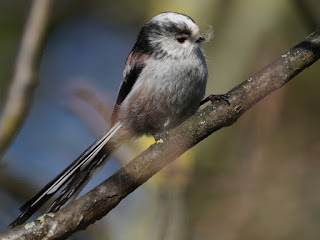
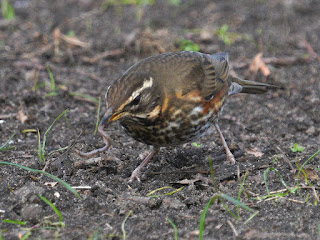


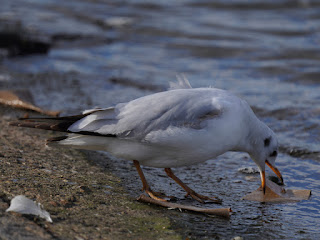



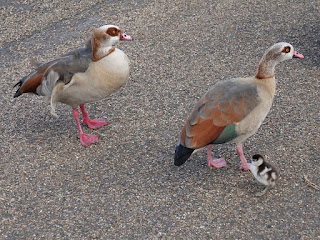
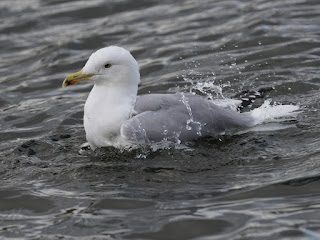


I wonder how they make that composite material. I imagine they must chew on it and make some sort of paste? They are such pretty pretty birds, they are alwaya a joy to see anywhere.
ReplyDeleteI hope an intervention could be staged to place the sole surviving gosling in the care of better parents.
The spider web is sticky, and this is the glue that holds the nest together. They wipe the bits of web across the surface of the nest to stretch out and join the strands. I've seen them doing this. But it's still hard to understand how it works.
DeleteThere are so many big gulls that any Egyptians are going to suffer heavy losses. And it's always uncertain whether adoption will work.